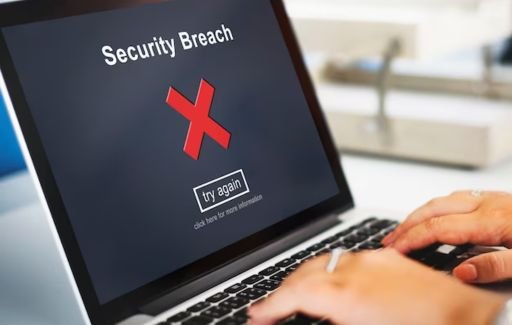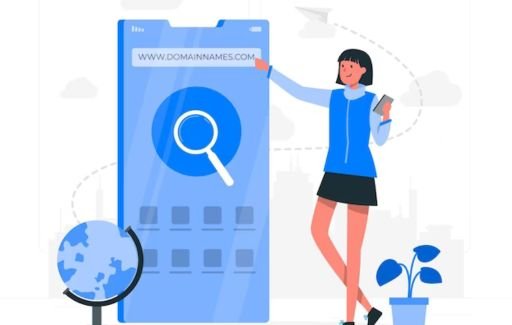


In the digital age, most of our lives revolve around the internet. We shop bank, socialize, learn, work, and play online. With so much of our data and activities taking place on the web, it's crucial to be able to identify safe, legitimate websites we can trust.
This article will explore the importance of vetting websites and provide tips on how to check if a website is safe to use.
With over 1.7 billion websites in existence today, not everyone has good intentions. Malicious sites aim to distribute malware, steal personal and financial information, or scam users.
Visiting an unsafe website can result in identity theft, data breaches, malware infections, financial fraud, and other cybercrimes. Thankfully, there are ways to [check if a website is safe](domain authority checker) before using it.
Here are some tips on how to verify site security and legitimacy:
One easy way to check a website's reputation is to search for reviews online. Look for mentions of the site on reputable consumer advocacy sites like Trustpilot, forums like Reddit, and the Better Business Bureau.
See what other users' experiences have been and watch for any red flags like numerous complaints.

Take a close look at the website URL for signals on whether a site is legitimate and secure:
The content, design, and functionality of a website can provide clues on its legitimacy:
A site's [domain authority](domain authority checker) indicates its reputation and trustworthiness. Scores range from 1-100. High authority domains (>50) tend to be more credible and established.
Specialized tools can automate website vetting to save time:
Even with the most sophisticated tools, there’s no substitute for critical thinking. Watch for telltale signs of shady websites:
When in doubt, don't provide any sensitive data and avoid using the site. Remember: if it seems sketchy, it probably is!

Practicing smart web habits is key to avoiding risky sites:
If you run a website and want to reassure visitors, get security certifications like Norton or TRUSTe seals. Perform frequent malware scans and fix any issues immediately. Monitor traffic for suspicious patterns suggesting attacks.
Stay up to date on software patches and CMS platforms. Implementing robust security protects your site's reputation and keeps users safe.
A: Red flags include a lack of HTTPS, typos in the URL, grammar/spelling errors, missing privacy policies, broken images, pop-ups, excessive ads and forms asking for sensitive personal or financial information upfront.
A: Looking up the website's reputation on trusted review sites like Trustpilot and the Better Business Bureau can quickly reveal potential scams. For businesses, confirmed contact details are a sign of legitimacy.
A: Antivirus isn't enough since it only protects against known threats. Proactively vetting site safety using reputation checks, tools and common sense browsing habits is important for full protection.
A: If you share any sensitive information or download anything from a suspicious site, start by changing all passwords. Run antivirus scans to check for infections. Monitor financial accounts closely for fraudulent activity.
A: Mobile browser extensions like Norton Mobile Security can scan sites quickly. Stick to the official apps from trusted brands rather than third-party sites to reduce risk. Beware of phishing attempts from texts and emails.
A: High-risk indicators include no HTTPS, newly registered domains, spelling errors, threatening language demanding immediate action, requests for sensitive info immediately, no verifiable contact details, and negative online reviews detailing scams.
A: Notify the web host to request unsafe sites be taken down. Report malicious sites to Google Safe Browsing and your local consumer protection agency. Add your own review detailing concerns to warn others.
Navigating the vast internet safely requires being able to identify secure, legitimate websites. Watch for red flags in URLs, content, and domain authority. Use online reputation checks and scanner tools for quick risk assessment.
But even the best analysis tools are no replacement for critical thinking before providing sensitive information or downloading anything. Following secure browsing habits will help you avoid the majority of shady, dangerous websites.
With vigilance and common sense, most users can navigate the web while minimizing their exposure to cyber threats.